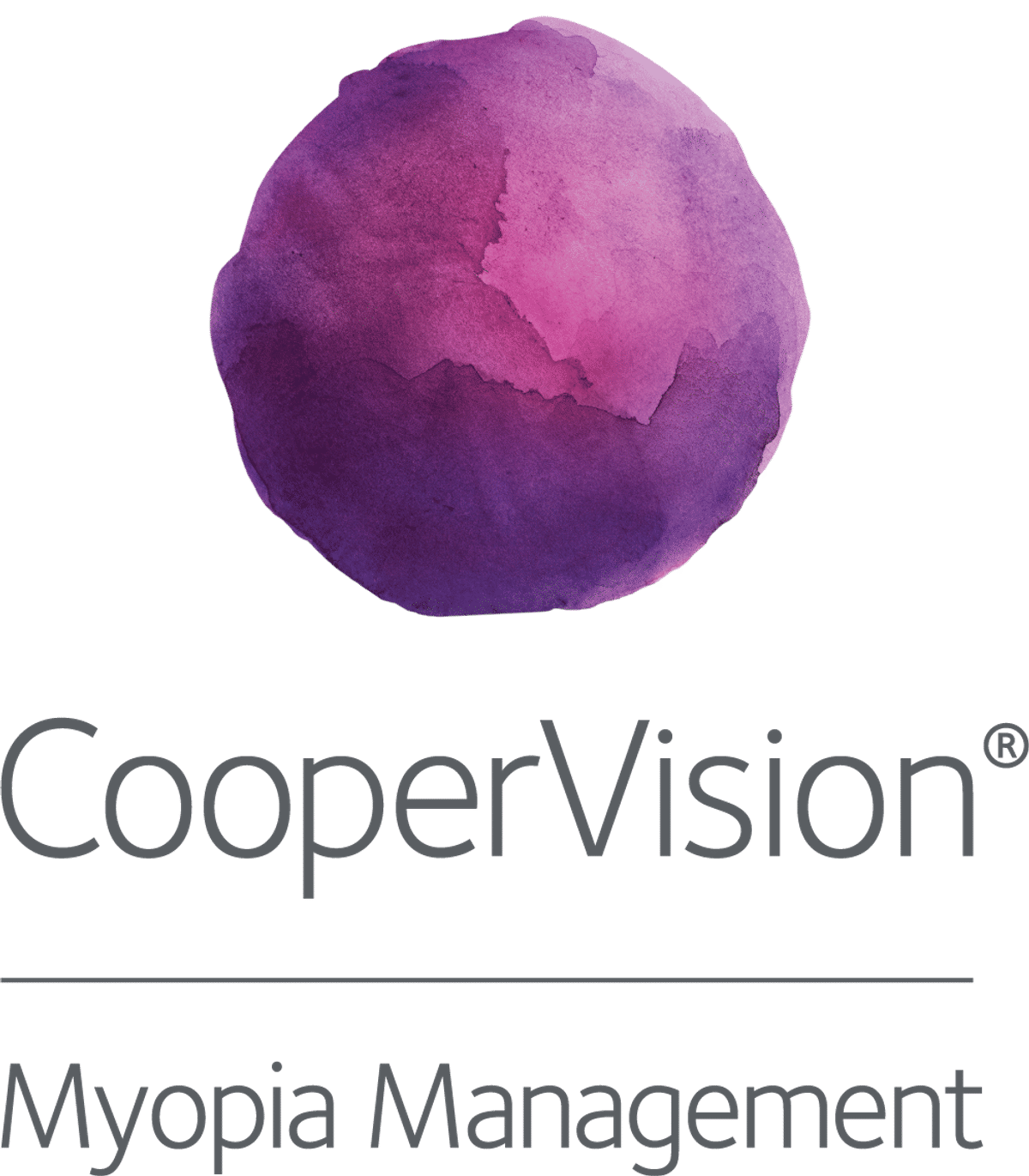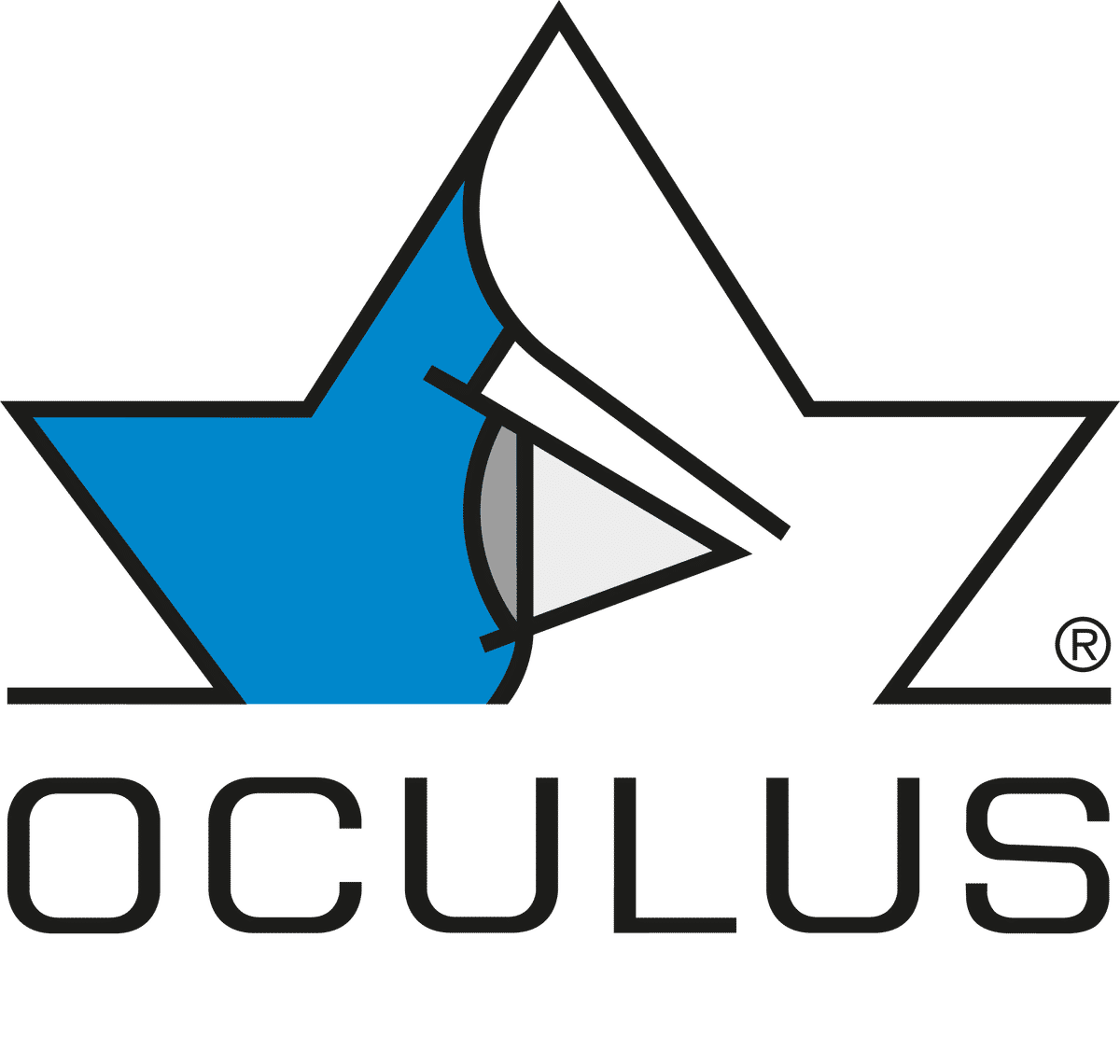Science
Myopia control with a novel multifocal orthokeratology lens

In this article:
This paired-eye study found that a novel multifocal ortho-K lens was more effective at slowing eye growth than conventional ortho-K over 18 months, regardless of prior myopia progression. Further studies will determine if ortho-K lenses with multifocal optics are clinically feasible with an accompanying reduction in visual acuity.
Paper title: Multifocal Orthokeratology versus Conventional Orthokeratology for Myopia Control: A Paired-Eye Study
Authors: Loertscher, Martin (1,2), Backhouse, Simon (3), Philips, John R (1,4)
- School of Optometry and Vision Science, The University of Auckland, Auckland 1023, New Zealand.
- Institute für Optometrie, Fachhochschule Nordwestschweiz, 4600 Olten, Switzerland.
- School of Medicine-Optometry, Deakin University, Geelong, VIC 3220, Australia.
- Department of Optometry, Asia University, Taichung 41354, Taiwan.
Date: Jan 2021
Reference: Loertscher M, Backhouse S, Phillips JR. Multifocal Orthokeratology versus Conventional Orthokeratology for Myopia Control: A Paired-Eye Study. J Clin Med. 2021 Jan 24;10(3):447
Summary
The aim of this randomised, longitudinal paired-eye study was to investigate the efficacy of a novel orthokeratology lens design incorporating multifocal optics compared to that of conventional orthokeratology (OK) for slowing axial elongation in children.
The MOK lens was designed to mould a centre-distance, concentric treatment zone on the anterior cornea. The central zone (VZ) had 3.60mm diameter and corrected the refractive error. The surrounding treatment zone had an annulus width of 1.20mm and a refractive power 2.50D more positive than the VZ.
Children aged 10 to 14yrs with spherical equivalent myopia of between -1.25 and -4.00D, astigmatism no higher than -1.50D and who had experienced at least -0.50D myopia progression in the year prior to enrolling in the study were fit with MOK lenses in one eye and OK in the other eye.
Participants were randomised according to gender and ethnicity. They were fit with MOK in either their dominant eye (n = 14) or non-dominant eye (n = 16) and an OK lens in the fellow eye and wore overnight for 18 months.
The primary outcome measure was axial elongation over 18mths. Secondary outcomes included measuring visual acuity, contrast sensitivity and stereoacuity.
On-axis and peripheral refractions and ocular biometry were performed at baseline (BL), and after 3-4weeks of lens wear (outcome measure, OM0). They were repeated again at 6mths (OM6), 12mths (OM12) and 18mths (OM18) after the OM0 interval.
Of the 30 children recruited, 28 completed the study with mean age of 12.2yrs. Progression rates prior to lens fitting were between -0.50 to -2.00D per year.
After 3-4 weeks from baseline (OM0), eyes wearing MOK lenses showed reduced measurements for axial length (AL), vitreous chamber depth (VCD) and inter-axial length from posterior cornea to anterior sclera (IAL) with differences of -0.076, -0.065 and -0.081mm, respectively. No significant differences were seen for choroidal thickness between MOK and OK wearing eyes.
After 18mth of lens wear, MOK-wearing eyes showed an average of 0.17mm less AL, 0.156mm less IAL and significantly less central corneal thinning compared to eyes wearing OK.
However, choroidal thickness increased significantly more in MOK-wearing eyes over the study period. High contrast visual acuity was reduced for MOK wearers, corresponding to 2.3 letters compared to 1.6 letters loss for OK -wearing eyes.
Peripheral refraction profiles were similar for both groups before commencing wear. Compared to on-axis refraction, peripheral refraction profiles became more myopic after 18mths of both MOK and OK lens wear.
No changes in stereovision were found for either lens design and there was statistically significant difference for contrast sensitivity between baseline and 18mths.
Most of the differences found were observed within the first 3-4 weeks of wear, between BL and OM0. The values were analysed again using OM0 interval as a new baseline. This re-analysis showed that although there were some differences for VCD and AL for the MOK group within the 1st 6mths, these changes were not significant until the 12mth interval.
What does this mean for my practice?
This novel multifocal ortho-K lens was well -tolerated, with only a few extra letters reduction in acuity compared to conventional ortho-K.
As it appears to be more effective than conventional ortho-K in slowing axial elongation and could be fitted regardless of prior myopia progression, it could be a promising addition to our myopia management options and be readily accepted by most wearers
What do we still need to learn?
An increase in choroidal thickness (ChT) was found in MOK-wearing eyes over the 18mth study period. Eyes wearing MOK also experienced a greater and faster reduction in AL and IAL than OK-eyes within the 1st month of wear.
The rapid change in AL and IAL could not be explained by a corresponding increase in ChT within the same time period (BL to OM0)
- Further studies are needed to fully establish the role the choroid plays in myopia development and control of progression, how long the myopia control is effective for and if any rebound effects occur once treatment is ceased
The authors suggested that due to no significant differences in the outer peripheral refraction profiles of both lenses, the reduced AL found in MOK eyes compared to OK eyes may not be solely due to the refraction at the peripheral retina
- However, only areas up to 35% horizontally were assessed. Measurements in other meridians may provide further information
Limitations to this study include:
- Using Pelli-Robson methods to assess contrast sensitivity with MOK wear, which may have led to an under-estimation of contrast sensitivity loss with higher spatial frequencies more likely to be affected by multifocal optics than lower spatial frequencies.
- OK eyes were found to have a decrease in ChT which contradicted previous findings of increased ChT with conventional OK wear1-4 The use of ocular biometry to assess changes in choroidal thickness. Adopting Optical Coherence Tomography (OCT) may have provided more accurate information on the retina and choroid outside of the sub-foveal region.
- The width of an auto-refractor beam may have extended beyond the vision correction zone and into the treatment zone moulded on the cornea. Auto-refractors will produce a single average refractive value and may have given inaccurate measurements for the MOK group eyes, where two focal planes have been induced for a simultaneous multifocal effect. As such, the authors are aware the auto-refractor values need to be interpreted with caution.
- The paired-eye study design has several advantages including similar baseline and ongoing progression rates for both the treatment and control eyes and naturally matched confounding factors. However, a disadvantage in this study was the treatment lenses not being worn in both eyes, particularly where the MOK lens gave reduced acuity.
Abstract
Title: Multifocal Orthokeratology versus Conventional Orthokeratology for Myopia Control: A Paired-Eye Study
Authors: Martin Loertscher; Simon Backhouse; John R Philips
Purpose: We conducted a prospective, paired-eye, investigator masked study in 30 children with myopia (-1.25 D to -4.00 D; age 10 to 14 years) to test the efficacy of a novel multifocal orthokeratology (MOK) lens compared to conventional orthokeratology (OK) in slowing axial eye growth.
Methods: The MOK lens molded a center-distance, multifocal surface onto the anterior cornea, with a concentric treatment zone power of +2.50 D. Children wore an MOK lens in one eye and a conventional OK lens in the fellow eye nightly for 18 months. Eye growth was monitored with non-contact ocular biometry.
Results: Over 18 months, MOK-treated eyes showed significantly less axial expansion than OK-treated eyes (axial length change: MOK 0.173 mm less than OK; p < 0.01), and inner axial length (posterior cornea to anterior sclera change: MOK 0.156 mm less than OK, p < 0.01). The reduced elongation was constant across different baseline progression rates (range -0.50 D/year to -2.00 D/year). Visual acuity was less in MOK vs. OK-treated eyes (e.g., at six months, MOK: 0.09 _ 0.01 vs. OK: 0.02 _ 0.01 logMAR; p = 0.01).
Conclusions: We conclude that MOK lenses significantly reduce eye growth compared to conventional OK lenses over 18 months.
Meet the Authors:
About Ailsa Lane
Ailsa Lane is a contact lens optician based in Kent, England. She is currently completing her Advanced Diploma In Contact Lens Practice with Honours, which has ignited her interest and skills in understanding scientific research and finding its translations to clinical practice.
Read Ailsa's work in the SCIENCE domain of MyopiaProfile.com.
References
- Wallman J, Winawer J. Homeostasis of eye growth and the question of myopia. Neuron. 2004 Aug 19;43(4):447-68 [Link to open access paper]
- Chiang ST, Phillips JR, Backhouse S. Effect of retinal image defocus on the thickness of the human choroid. Ophthalmic Physiol Opt. 2015 Jul;35(4):405-13 [Link to abstract]
- Li Z, Hu Y, Cui D, Long W, He M, Yang X. Change in subfoveal choroidal thickness secondary to orthokeratology and its cessation: a predictor for the change in axial length. Acta Ophthalmol. 2019 May;97(3): e454-e459 [Link to open access paper]
- Lee JH, Hong IH, Lee TY, Han JR, Jeon GS. Choroidal thickness changes after orthokeratology lens wearing in young adults with myopia. Ophthalmic Res 2021 Feb; 64 (1):121-127 [Link to open access paper]
Enormous thanks to our visionary sponsors
Myopia Profile’s growth into a world leading platform has been made possible through the support of our visionary sponsors, who share our mission to improve children’s vision care worldwide. Click on their logos to learn about how these companies are innovating and developing resources with us to support you in managing your patients with myopia.












